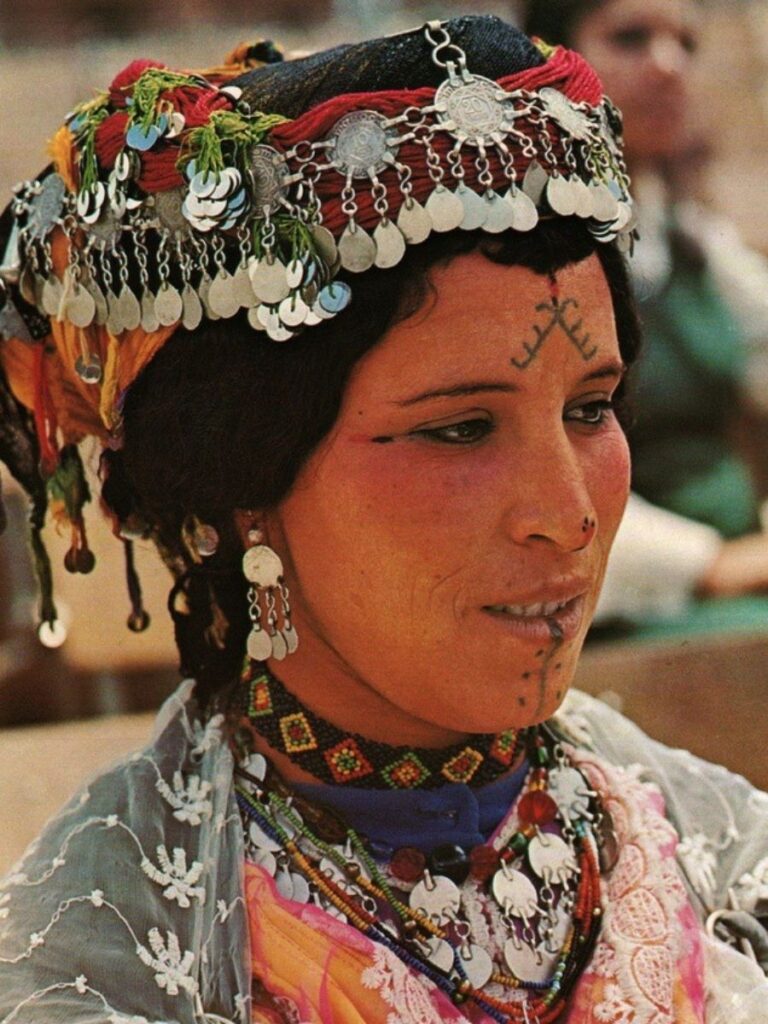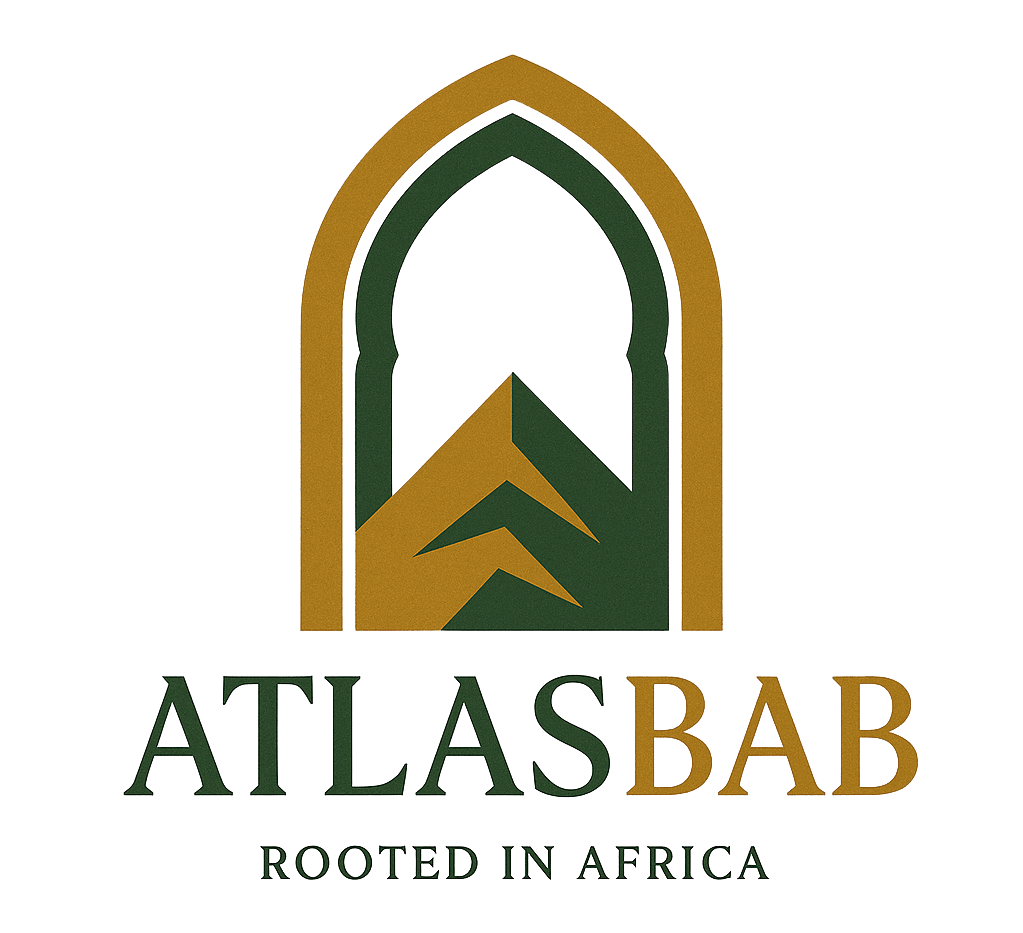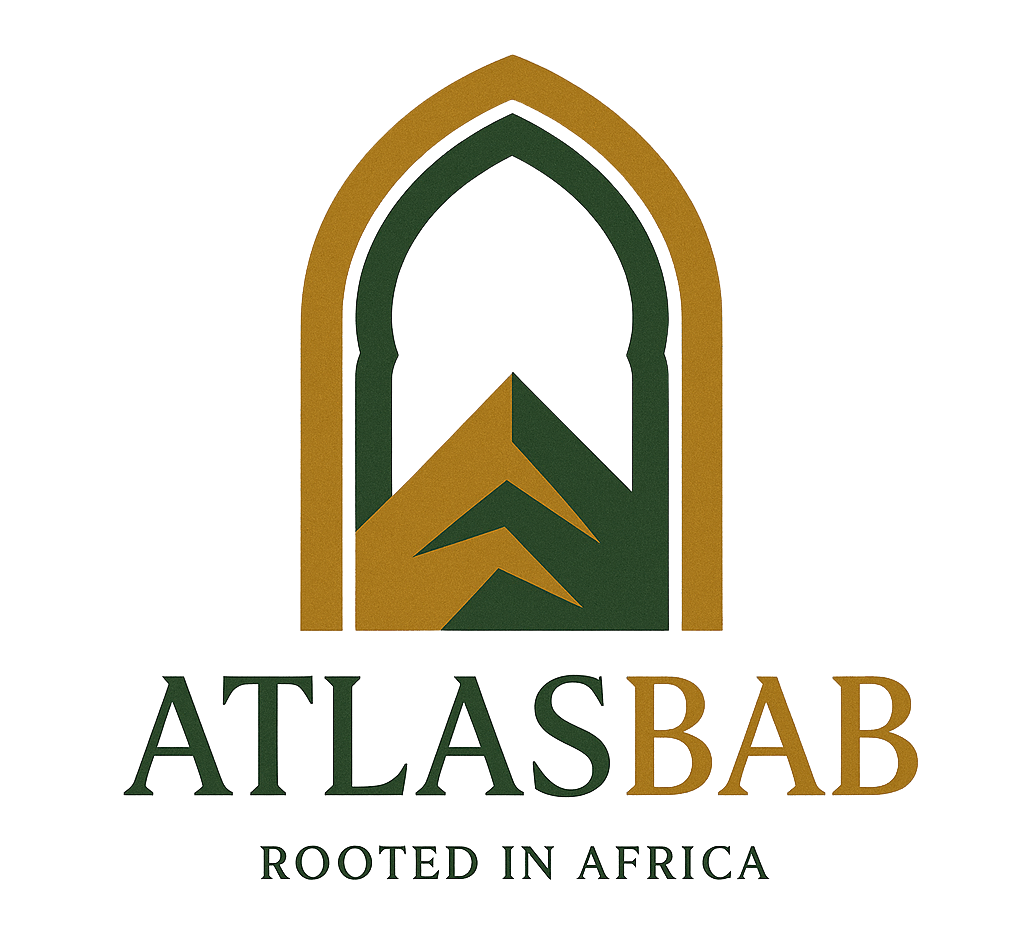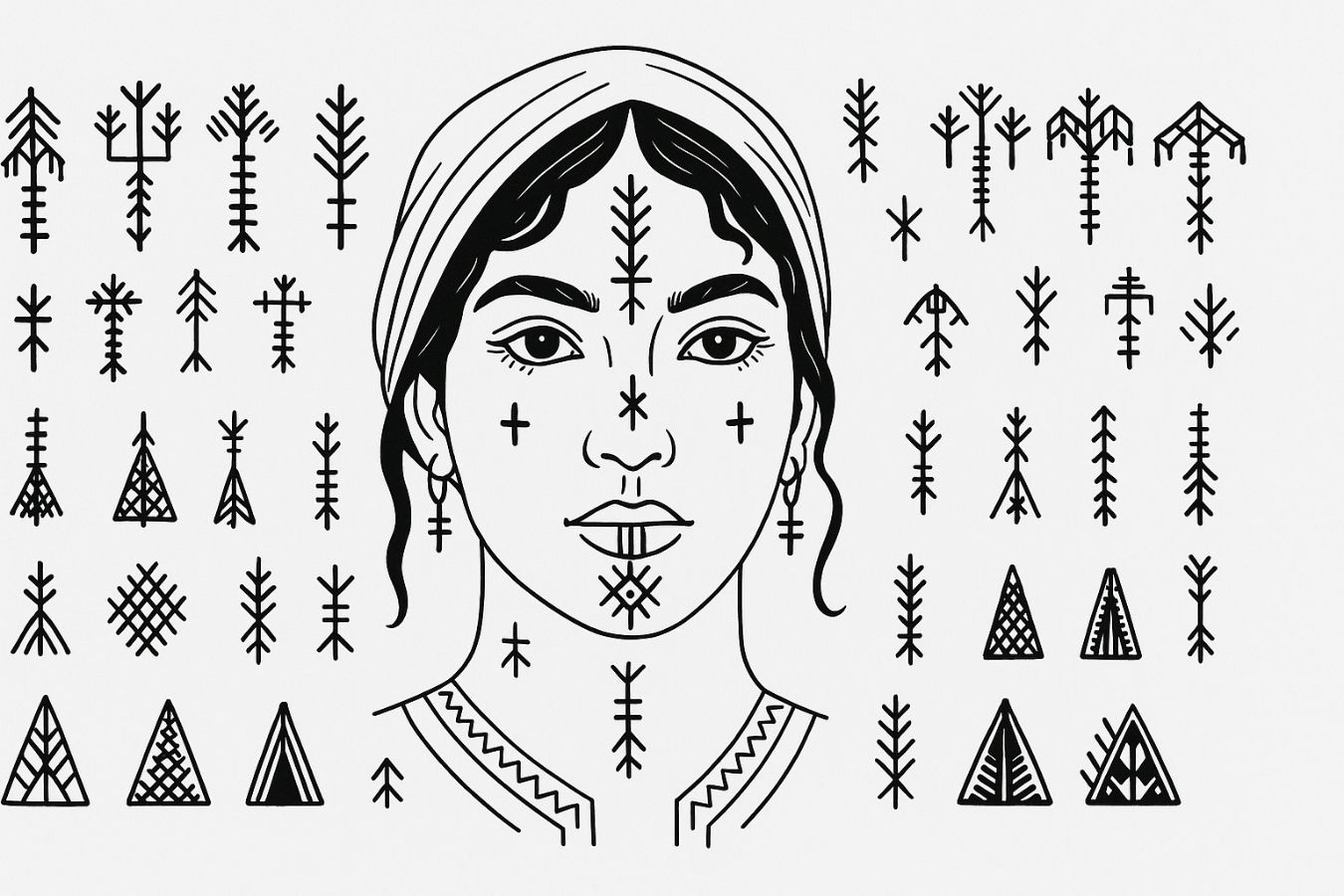Tattoos have long been a form of personal expression, identity, and storytelling across many cultures. In Morocco, one of the most significant tattooing traditions belongs to the Amazigh people—the indigenous Berber populations that have shaped the culture, language, and history of North Africa for millennia. For the Amazigh, tattoos are not just decorative; they carry profound symbolic meanings that reflect their connection to their ancestors, their beliefs, and the natural world around them.
Unlike Western tattoos, which are often chosen for aesthetic or personal reasons, Amazigh tattoos serve as markers of cultural identity, spiritual protection, and social status. They are a deeply ingrained part of the Amazigh heritage, with designs that have been passed down through generations, each telling a unique story about the person wearing them.
In this post, we will explore the rich history and symbolism behind Amazigh tattoos, shedding light on their cultural significance and the meanings they carry for those who bear them.
Amazigh Tattoos: A Window into Identity and Tradition
The Amazigh people have a rich and diverse history that spans thousands of years, and tattoos have always been a significant aspect of their cultural practices. These tattoos are typically worn by women, though in some communities, men also adorn themselves with tattoos. Traditionally, tattoos were believed to have protective and healing properties, and each design was carefully chosen to represent important aspects of the individual’s life, such as their family, heritage, and spiritual beliefs.
Amazigh tattoos are often found on the face, hands, arms, and legs, with designs that vary from region to region. The specific placement of tattoos is just as important as the designs themselves, as certain areas of the body are believed to carry different types of spiritual or social significance. For example, tattoos on the forehead and chin were often considered protective, while those on the hands and arms could signify a person’s connection to their tribe or status in society.

The Meaning of Common Amazigh Tattoo Designs
Each Amazigh tattoo tells a unique story. Some designs are passed down through families, while others reflect the personal experiences or life stages of the wearer. Below are some of the most common tattoo motifs and their symbolic meanings:
1. The Diamond or Square Motif
The diamond or square pattern is one of the most common and important symbols in Amazigh tattooing. This shape is often used on the face and forehead, symbolizing protection and spiritual strength. It is believed to guard the wearer against evil spirits and misfortune. In some cultures, it is also thought to represent the earth, a connection to the physical world, and the foundation of life.
2. The Cross or X-Shaped Design
The X-shaped design, commonly seen on the hands or forearms, symbolizes the union of opposites and the balance between the male and female principles. It can also represent the sun and moon, reflecting the duality of nature and the cyclical patterns of life. In many Amazigh communities, the cross design is seen as a symbol of fertility and life-giving energy.
3. The Eye of Protection
Similar to the evil eye symbols seen in many cultures around the world, the Amazigh eye is a common motif. This tattoo, often placed on the cheeks or forehead, symbolizes protection against envy, jealousy, and harmful influences. The eye is considered to be a spiritual shield, warding off negative energy and providing the wearer with good fortune.
4. The Spiral or Snail Design
The spiral is another popular motif in Amazigh tattoos. It is often used on the arms or legs, symbolizing eternity and the continuum of life. The spiral is seen as a representation of the cycle of nature—birth, life, death, and rebirth. In some interpretations, the spiral is also associated with the sun’s movement, representing the passage of time and the connection between the individual and the natural world.
5. The Fish or Scales
The fish is a highly symbolic motif among the Amazigh people, often used in tattoos to signify abundance, fertility, and protection. Fish are often seen as creatures of the water, a life-giving force in Amazigh culture, and their scales are associated with wealth and prosperity. This tattoo might also be a sign of an individual’s connection to the sea or a reference to the deep relationship the Amazigh people have with their environment.
A Cultural Connection: Tattoos as a Rite of Passage
For many Amazigh women, the process of getting tattooed is part of a rite of passage—a significant event in their life that marks their transition into adulthood. These tattoos are often applied in the presence of family members or spiritual guides, and the act of tattooing itself can be accompanied by ceremonies, songs, and rituals that honor the individual’s journey into womanhood.
The symbolic meaning of the tattoos evolves as the person’s life changes. For instance, tattoos might be added to mark milestones such as marriage, childbirth, or personal accomplishments. A woman’s tattoos can serve as a visual autobiography, telling the story of her life, her family, and her spiritual beliefs.
In some cases, the tattoos also served as a form of social status. The number and placement of tattoos on a woman’s body could signify her social standing, wealth, or importance within the community. In certain areas, women with elaborate tattoos were considered to be of higher status, while others might be more modestly adorned.

The Decline of Traditional Tattooing
Over the years, the practice of tattooing has declined in many parts of Morocco and North Africa, particularly in urban areas. With the advent of modernization, westernization, and changes in cultural attitudes, traditional tattooing has become less common. In recent decades, many of the older generations have been the last to carry on this beautiful and meaningful tradition.
However, there is a revival of interest in Amazigh tattoos, particularly among younger generations who are reconnecting with their heritage and cultural roots. In some areas, artisans are beginning to incorporate Amazigh-inspired tattoos into modern designs, creating a fusion of traditional and contemporary tattooing styles.
The Spiritual and Cultural Legacy of Amazigh Tattoos
Despite their decline in popularity, the symbolism of Amazigh tattoos remains a powerful part of Moroccan culture. For those who wear them, these tattoos are a living connection to their ancestors, their traditions, and the land they come from. They continue to serve as powerful symbols of identity, spirituality, and protection.
In a world increasingly disconnected from traditional practices, the tattoos of the Amazigh people serve as a reminder of the beauty and significance of cultural heritage, carrying with them stories of strength, resilience, and connection to the land and the divine.
Amazigh tattoos are much more than skin deep. They are a profound cultural and spiritual practice that connects the wearer to the traditions of their ancestors and to the natural world around them. These tattoos carry deep symbolism—from protection to fertility, from identity to spiritual beliefs—offering a visual representation of the wearer’s life, values, and connection to the universe.
While the tradition of tattooing may be waning in some parts of Morocco, the legacy of Amazigh tattoos endures. For those who wear them, these tattoos remain powerful symbols of pride, heritage, and the enduring strength of the Amazigh people.


